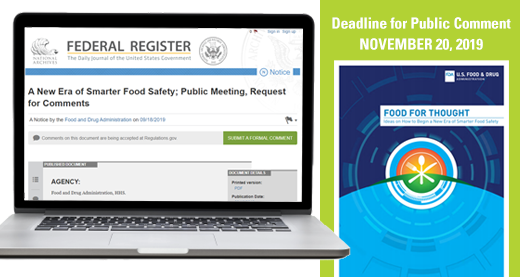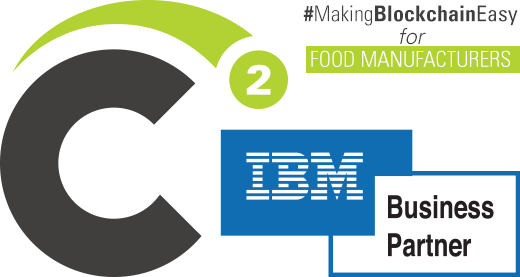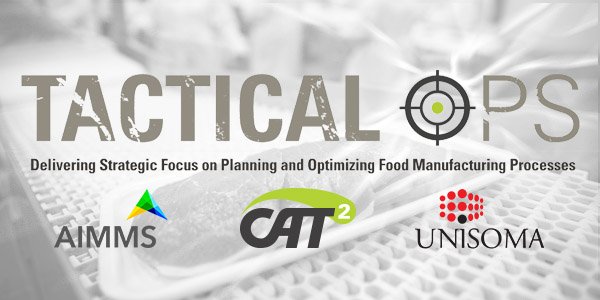On October 21, 2019, the FDA held a public meeting with a broad cross-section of industry stakeholders to build a shared vision around A New Era of Smarter Food Safety, a campaign intended to strengthen the agency’s protection of the food supply.
Accelerating change
“There will be significant innovation in the agriculture, food production, and food distribution systems in the next 10 years, which will continue to provide an even greater variety of food sources, food ingredients, and delivery conveniences for American consumers,” noted a statement released by Acting FDA Commissioner Ned Sharpless, M.D., and Deputy Commissioner for Food Policy and Response Frank Yiannas. “With this ever-changing landscape, FDA must continue preparing to take advantage of new opportunities and address potential risks.”
Yiannas opened the meeting with a description of what he calls the “food revolution.” According to Yiannas, advances in AI, blockchain, and predictive analytics will drive more changes to our supply chain in the next 10 years than we’ve seen in the last 40.
Much has changed since Congress passed the U.S. Food and Drug Administration Food Safety Modernization Act (FSMA) in 2011. Consumers are using new methods of food delivery. New business models are emerging that present unforeseen food safety challenges. An increasingly urban population is seeking a deeper connection with their food, and some are willing to pay a premium to retailers and manufacturers who provide specialty products with the traceability data to back up their claims (i.e. organic, free-range, non-GMO, etc.)
New technologies are accelerating growth and efficiency improvements. Suppliers are using EDI (Electronic Data Exchange) to send and receive shipment data and purchase order confirmations. Collaborative efforts are emerging to optimize entire supply chains using smart contracts enabled by blockchain, AI, and IoT (Internet of Things).
Yet, adoption of new technology is uneven across the food value chain. For example, blockchain adoption requires buy-in from multiple supply-chain partners. Many blockchain projects fail because the collaboration fails to identify how the value created from the project will flow to all participants. Additionally, many lack the digital data-collection tools required to participate in such efforts. Many sectors of the food industry still use paper and spreadsheets as a primary data-collection tool.
Blueprint for a smarter, safer supply chain
The FDA’s public meeting included panel presentations and breakout discussions centered on the four areas listed below:
- Tech-Enabled Traceability and Foodborne Outbreak Response
- Smarter Tools and Approaches for Prevention
- Adapting to New Business Models and Retail Food Safety Modernization
- Food Safety Culture
Ahead of the meeting, internal FDA workgroups held brainstorming sessions on these topics. Preliminary ideas from these sessions were released in a document entitled “Food for Thought: Ideas on How to Begin a New Era of Smarter Food Safety.”
Many themes emerged during the group discussions:
- We need to explore new tools that go beyond traditional approaches.
- Traceability needs to evolve beyond one-up and one-down.
- New industry standards need to emerge ensuring that we are all talking the same language, and our systems can interoperate with each other.
- In exploring our path forward, we need to be mindful of what initiatives are already underway and leverage best practices already learned.





